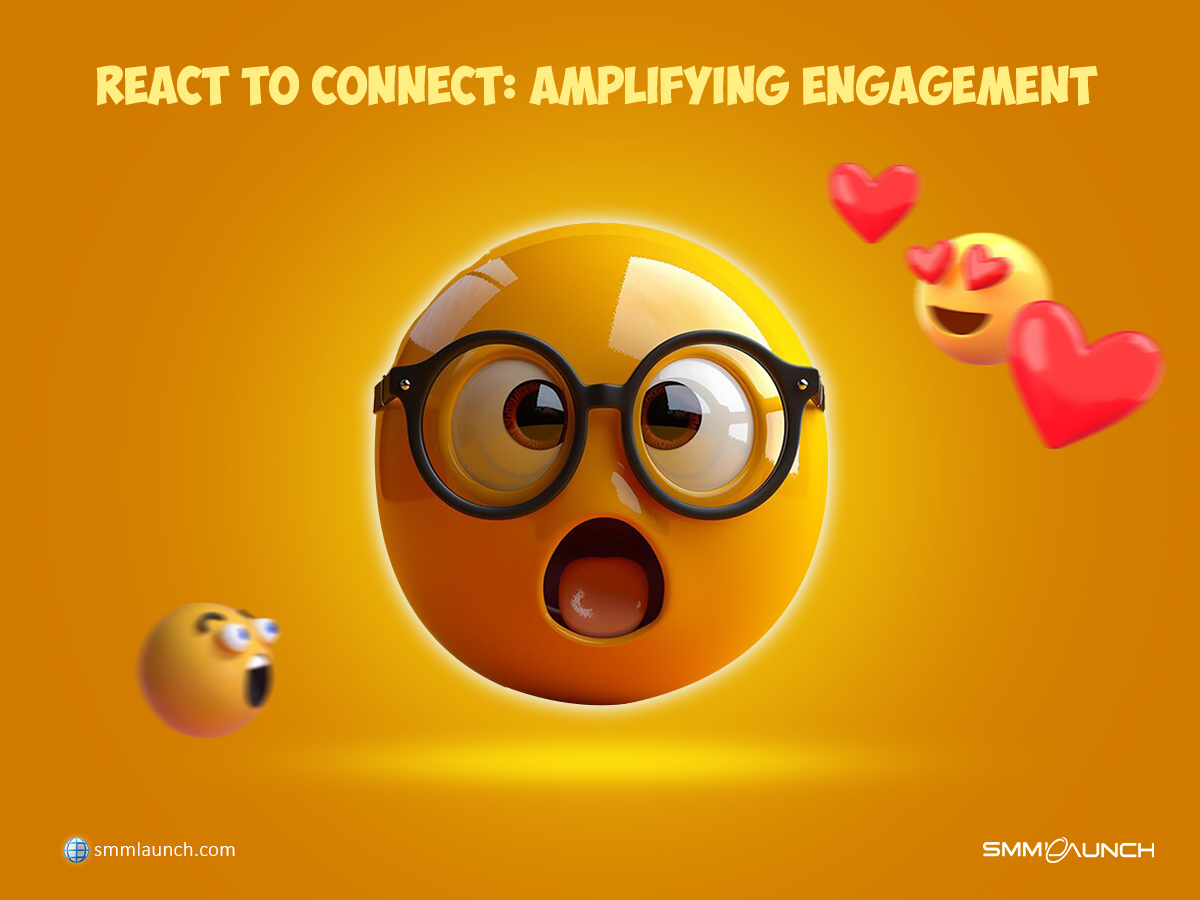
Boost Engagement with Reactions: 4 Proven Methods
Boost Your Social Media Engagement! Want to elevate your interactions on Facebook, Instagram, and Telegram? Discover how reactions transform simple likes into dynamic connections that foster community. Our article explores the psychology behind these reactions and offers practical tips to enhance your online presence. Click to unlock the secrets of meaningful engagement today!
Table of Content
Introduction
It would be boring if all social media platforms were limited to comments and likes, right? That's why it's essential to boost engagement with reactions that add variety and excitement to interactions.
Thanks to a feature called Reactions, which is available on most social media platforms, users' online engagements have been changed completely. You can see Reactions from social media platforms such as (Facebook's “LIKE” button, Instagram’s “LIKE” tap or fun quick story replies with emojis, and Telegram’s suggestive icons in posts), reactions have become an important element to us because reactions make our connections more lively and engaging all over the world.
Here, we are going to analyze how reactions can increase interactions on the most used social media platforms like Telegram, Facebook, and Instagram. We will also talk about the psychological reasons behind it and why reactions are important to us. You can also learn how to boost engagement with reactions and understand how to measure success to reach a better online presence and stronger communications with your audience.
The Power of Reactions on Social Media
With reactions, people can share their feelings quickly and be more engaged without typing. This is one of the reasons why reactions can bring more interaction. Here, we will explore the most effective reasons why you can boost engagement with reactions.
Instant Enjoyment
Reactions are the simplest and fastest way to measure the validation of content, this gives instant satisfaction for both the user and creator.
Emotional Connection
Reactions help us express our feelings with emojis or symbols; they allow us to share deeper emotions with the content.
Social Proof
Seeing other members who have positive reactions to the content can boost social proof and build trust, turning potential customers into customers. By leveraging social proof, businesses can showcase real-life examples of satisfied customers, which further strengthens credibility and influences buying decisions. If you'd like to learn more about how social proof can be a powerful tool for your brand, check out our detailed article Here.
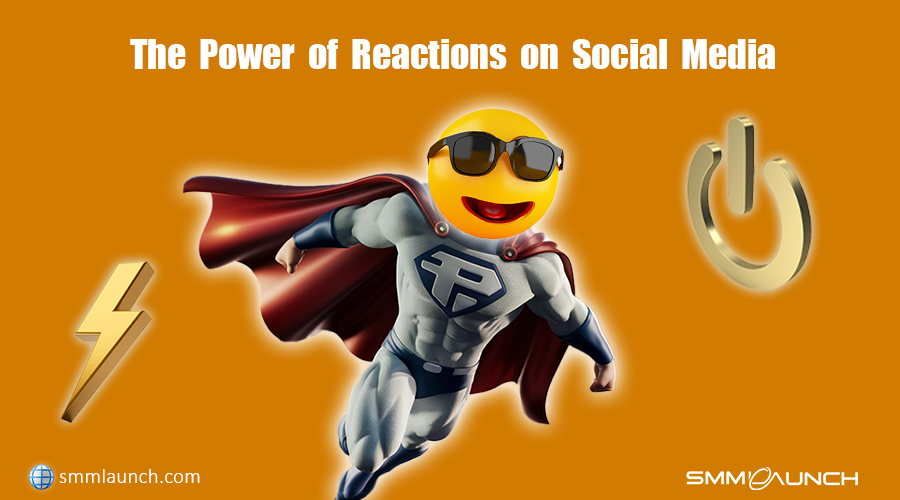
Reaction Types on Social Media Platforms
In this Section, we are going to explore reactions on popular social media platforms.
Reactions on Facebook
Among the Social Media Platforms, Facebook was the first platform that had introduced reactions. In the beginning, Facebook users could only respond through just the “LIKE” button under each post, but this platform developed its reaction options in 2016 and now Facebook has a wider range of reactions.
If we mention some of the reactions that Facebook offers, we can introduce reactions like “LOVE”, “Ha-ha”, “Wow”, “Sad”, and “Angry”. With these various reactions that Facebook provides, users can express their emotions with more depth and it helps users to have deeper connections with the content.
If you are looking to understand how to earn more real audiences with reactions or find out the main reasons why reactions are important for us, you also need to understand why you need to boost engagement with reactions and consider the following metric:
Facebook Reaction Algorithm:
- The content priority of Facebook’s algorithm is based on the number of reactions, if your post on Facebook has higher LIKES, “LOVE”, “Ha-ha”, “Wow”, “Sad”, “Angry”, or other reactions, Facebook will prioritize your content and your post will be shown at first of the feed list to users comparing to other posts with lower reactions.
Instagram Reactions: From Likes to Emojis in Stories
In Instagram, the primary engagement tool is “Likes”, also The platform provides quick reply reactions in the Story section with various emojis including (Hearts, Fire, laughing faces, and thumbs-ups) which allow users to express their emotions simply and fast to their friends or others’ stories.
Story Reactions and Direct Messages:
- With Instagram’s story reactions, we can share our feelings quickly and this usually makes conversions more engaging in direct messages. For example, you have sent a quick reaction to your friend’s story with a laughing face and your friend replies to your reaction and asks you what makes you laugh, so this type of interaction with quick reactions can make more engaging connections between users on Instagram.
Reaction Trends
- With Instagram’s reactions usually we can understand the cultural and social shifts. For example, we can see there is one reaction type that is used the most by the specific region during some special event or holiday. By understanding and analyzing these trends in reactions we can achieve valuable data and in the future with these kinds of data we can improve the platform’s user experience and valuable insights.
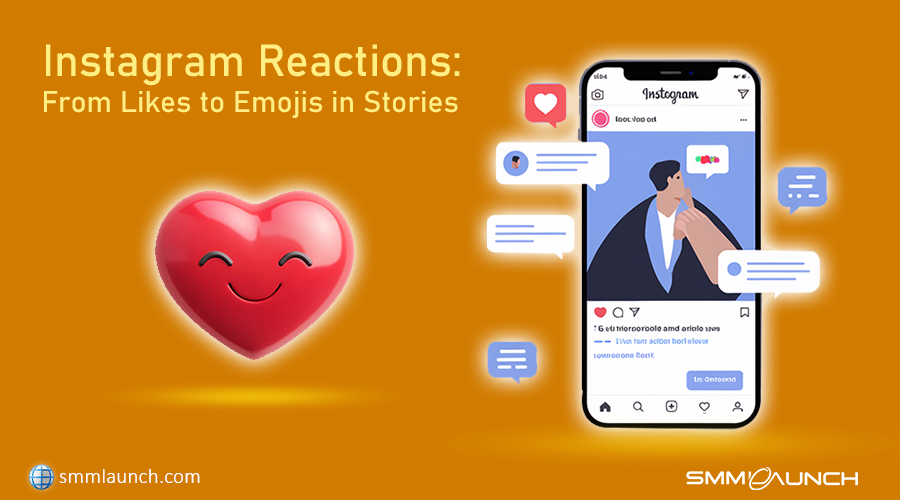
Telegram: Reactions in Messaging and Channels
Telegram is popular for its privacy and fast communication. Lately, this platform has added reactions to posts to increase user engagement, these reactions allow users to respond quickly and share their emotions about the content of the post.
One of the reasons why we boost engagement with reactions on Telegram is that members can share their emotions quickly without needing to write long replies. Reactions are also useful for Channel admins because they can explore the reactions to get useful data and valuable insights from the audience, helping them understand what kind of content the audience likes more.
Reaction Etiquette
- Telegram hasn’t published official guidelines about reactions, but communities (Telegram groups) usually have their own rules for using reactions. For example, you can see in some groups there are rules like limited use of reactions to avoid distraction which every member of it should obey. These unwritten rules in Telegram groups help to avoid possible misunderstandings.
Comparison with Other Platforms
- Telegram provides a wide range of eye-catching reactions compared to other platforms like WhatsApp and Signal. However, these reactions are very effective and they can also be based on individual guidelines.
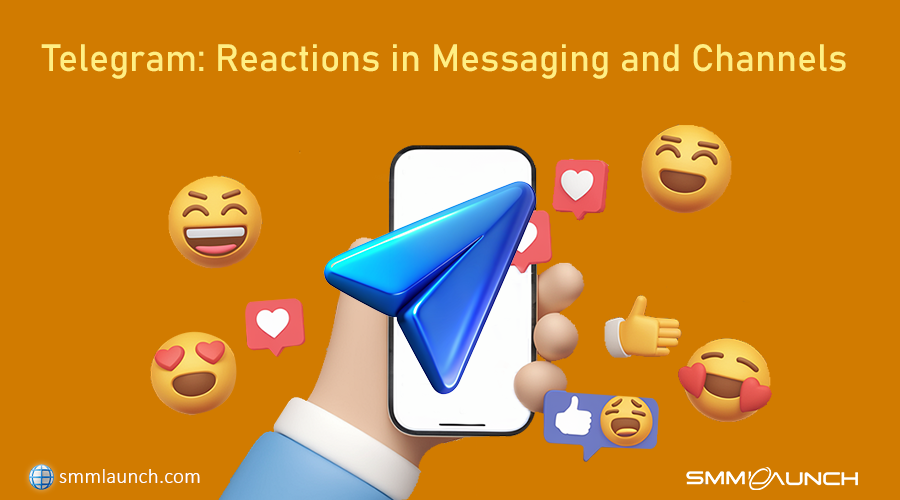
How Reactions Help Build a Community
Boost engagement with reactions also helps and supports online communities. Members can share their emotions more quickly and express their feelings easily in a friendlier and fun online space.
Humanization
- Users feel more personal when they use reactions in online conversations. With Reactions Members can show their emotions and that is why reactions can help users to connect and feel more friendly.
Attending Conversation
- Reactions encourage members to share their feelings and ideas so members will be like more to start a conversation or chat with others.
Building Trust
- Ideas and feedback shared by members are important and when people see that their comments are noticed and matter, this will create mutual trust between users and the content creator.
Online Communities
- Discussing how to use reactions with members is good for your community's growth, especially when your online community is more focused and small.
User-Generated Content
- We can see in some cases that reactions can inspire members to create their content which helps to increase activity and interactions in the community.
4 Tips to Maximize Reaction Engagement Across Platforms
In this part, we are going to give you some tips to boost engagement with reactions so that your posts on social media get more of them.
1. Emotional Storytelling
Try to create content that has a strong emotional impact on your audience such as surprise, motivation, or laughter. Most of the time people have more reactions to the contents which engage more with emotions.
2. Direct Calls to Action
You can make people have reactions in your post, for example, you can talk about a special topic around your main activity and tell your members to click on ❤ if they agree!
3. Consistency
If you regularly post interesting things to your audience, this makes people come back and check your posts over and over, so they will get used to it and this makes them have a habit of reacting to your post.
4. Visual Content
Your content must be good-looking, so you have to create your content with high-quality pictures, videos, and interesting designs. This makes your content look cool and interesting without being bored.
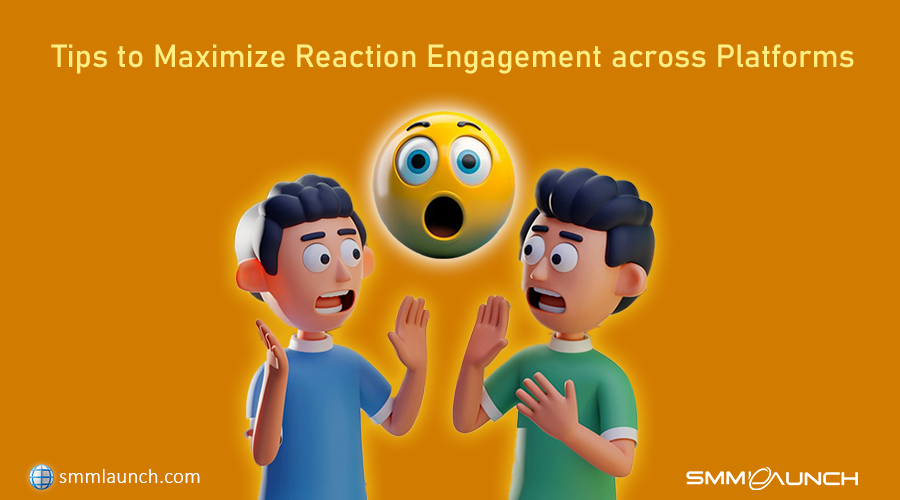
Measuring Success: Analyzing Reaction Data
If you want to find out whether your strategy of "boost engagement with reactions" is working or not, you have to check your social media accounts and also you should check some important things, including:
Reaction Types
Discover which one of the reactions your posts receive the most. This data can help you to understand your audience's feelings about your content.
Reaction Frequency
Remember to check your post’s reactions and consider how many times your posts receive reactions. The more your posts get reactions the more your content is connected to your audience.
Engagement Rate
By calculating your post’s engagement rate, you can find out how good your posts are. You can calculate your post engagement rate with this formula: dividing the total number of reactions that your post received by the total number of members who have seen your post (Reactions number/post seen number), the final number of the formula shows us how much people are interesting and have interaction with our content.
Common Mistakes to Avoid
Reactions are indeed an important metric and they help people to be more engaged, but there are some common mistakes while we try to boost engagement with reactions that you need to avoid, which include:
Ignoring Negative Reactions
You should consider your post’s negative reactions like “Dislike” or “Angry”. Ignoring negative reactions is a mistake because these reactions or negative feedback can help you to understand your content's weak points and it can lead you to create better content.
Over-focusing on Reactions
You should remember that reactions are just one part of the bigger plan to achieve more members engaged, you should also consider other important parameters such as comments, shares, and conversations.
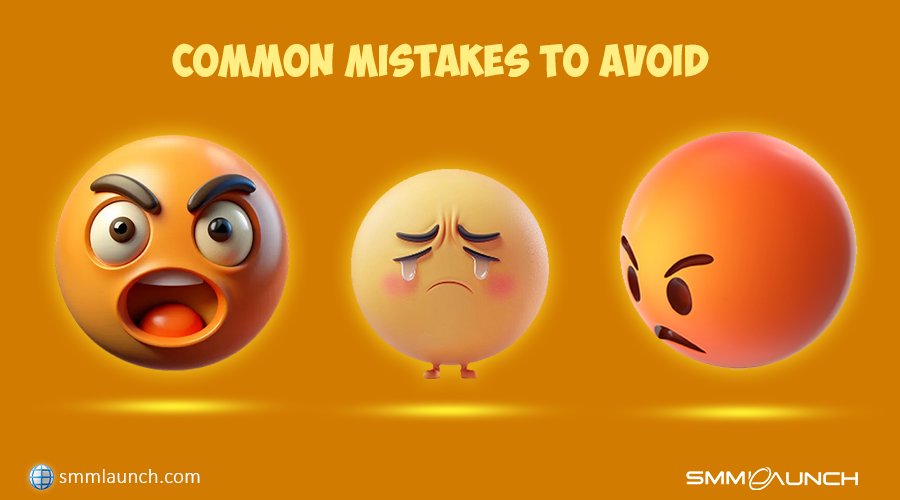
Conclusion
Nowadays, reactions are important on social media platforms. we can boost engagement with reactions to build a community and have a better connection with your audience. If you understand how reactions work, then you can implement smart strategies and check your important data over social media. By doing this, you can see that your post’s reactions are increasing, leading to a stronger social media presence.